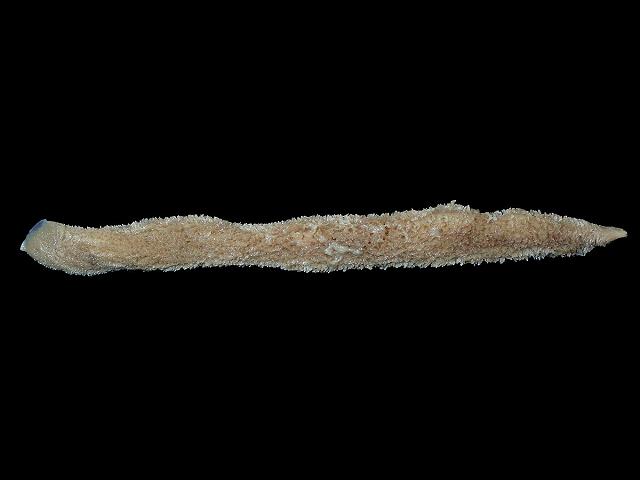
APHOTOMARINE
An educational resource dedicated mainly to the photography
and diversity of marine life that can be found in coastal waters
and intertidal areas of Great Britain and Ireland by David Fenwick.
Sycon sp. - likely a gargantuan, marina collected, Sycon ciliatum - A purse sponge (Sponge images)
Scroll down and rollover titles to change screen image or click on title to view image.
Purse sponge (from a marina)
Sycon ciliatum ?
- preserved specimen 1
Sycon ciliatum ?
- preserved specimen 1
Purse sponge (from a marina)
Sycon ciliatum ?
- preserved specimen 2
Purse sponge (from a marina)
Sycon ciliatum ?
- preserved specimen with 1.0mm division rule 1
Purse sponge (from a marina)
Sycon ciliatum ?
- three preserved specimens with 1.0mm division rule 1
Purse sponge (from a marina)
Sycon ciliatum ?
- osculum preserved specimen 1
Purse sponge (from a marina)
Sycon ciliatum ?
- tip of attachment with 1.0mm division rule 1
Purse sponge (from a marina)
Sycon ciliatum ?
- osculum preserved specimen 2
Purse sponge (from a marina)
Sycon ciliatum ?
- tip of preserved specimen 1
Purse sponge (from a marina)
Sycon ciliatum ?
- osculum submerged 1
Purse sponge (from a marina)
Sycon ciliatum ?
- osculum submerged 2
Purse sponge (from a marina)
Sycon ciliatum ?
- exterior rug-like texture of preserved specimen 1
Purse sponge (from a marina)
Sycon ciliatum ?
- on settlement panel 1
Purse sponge (from a marina)
Sycon ciliatum ?
- habitat / location 1
The specimens above are likely atypical, gargantuan specimens of Sycon, possibly Sycon ciliatum that were found on a settlement plate at Queen Anne's Battery Marina, Plymouth, Devon, 21.05.10, by Dr. John Bishop of the Marine Biological Association. Specimens were supplied for investigation and photographic record on 10.10.20.
My thanks goes to Dr. John Bishop of the Marine Biological Association firstly for supplying specimens and for allowing the use of the settlement panel image.
The gargantuan specimens of Sycon above were found with what is likely to be an equally gargantuan specimen of Grantia.
Sycon ciliatum has in the past been reported to grow to extraordinary lengths, the specimens appear to be a similar example of this.
Quote - "Calcareous sponges are relatively small, measured in mm
or a few cm, however in especially rich temperate estuaries Sycon ciliatum can reach more than 50cm in length and 3 cm in diameter [91]."
Van Soest RWM, Boury-Esnault N, Vacelet J, Dohrmann M, Erpenbeck D,
De Voogd NJ, et al. (2012).
Global Diversity of Sponges (Porifera).
PLoS ONE 7(4): e35105.
https://doi.org/10.1371/
journal.pone.0035105
[91] - Koechlin N. (1977) Installation d’une epifaune a Spirographis spallanzani Viviani,Sycon ciliatum Fabricius et Ciona intestinalis (L.) dans le port de plaisance de Lezardrieux (Cotes du Nord). Cah Biol Mar 18: 325–337.
Koechlin in his paper describes how Sycon ciliatum behaves on marina pontoons but sadly the research was done before sequencing could validate that the specimens observed were what we know as S. ciliatum. Presently it can only be presumed that species on marina pontoons grow to atypical sizes because the conditions are favourable for doing so, that they are not non-native species, but native ones growing in near optimal conditions for their growth.
Further research needs to be done do accurately identify gargantuan specimens and confirm that the species involved are indeed native and what we think they are.

The main objective of this website is in furthering environmental awareness and education through the medium of photography. To increase awareness and access to the wildlife of the region and help
people find and identify it. Sometimes the difference between species is obvious but many species can only be determined by observing microscopic characteristics that are specific to any one species.
